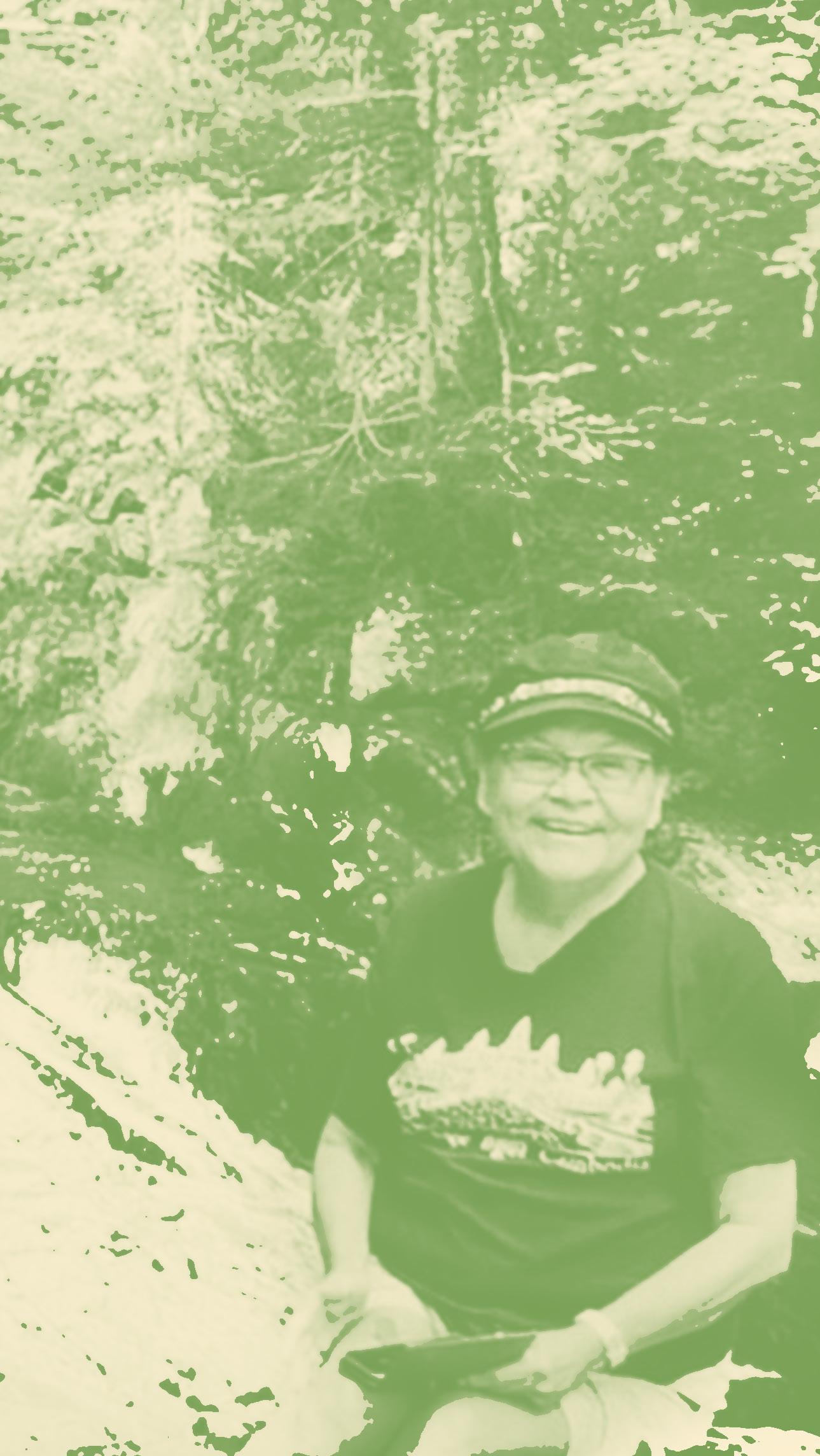
2 minute read
The Connection Between Indigenous Identity and Language
Language Commissioner
Barbara Nolan emphasizes the importance of language revitalization in strengthening Indigenous identities, while on a journey to cultural reconciliation.
Advertisement
Barbara Nolan is a powerful example of how protecting Traditional roots through language revitalization and land-based learning sets us on a path toward cultural reconciliation.
“Language and land revitalization will bring back our identity,” says Ms. Nolan, Language Commissioner for the Anishinabek Nation. “You don’t preserve language; you revitalize language,” she pointed out, adding that language is not something to be “put in a jar” and kept dormant. Language, she says, is something that brings growth, life, and reconnection.
Ms. Nolan has invested much of her time and efforts into language revitalization. She was the first to develop an Ojibwa curriculum in 1973—and the first to teach it. She developed the curriculum as an alternative to learning French, which was approved by the Ministry of Education.
“I’ve been involved in language ever since,” Ms. Nolan says. Today, as Language Commissioner, she is an integral advocate for safeguarding language, culture, and teachings of 39 First Nations. Her work ensures Indigenous traditions, heritage, and identities will be strengthened and passed down to future generations.
A large part of language revitalization is cultural appreciation, she adds. And a large part of cultural appreciation is taking the time to flourish our relationships with the land.
Ms. Nolan has been integral in establishing land-based learning schools, where children not only learn cultural land-based skills such as fishing, hunting, and gardening, but are also exposed to, and learn, Traditional language.
“Children love learning. They love learning those outdoorsy things. They learn how to make a fire. You know, like, how to start a little bonfire themselves,” says Ms. Nolan when explaining the pride that children feel in learning a cultural skill.
Through these teachings, important lessons of respect, sharing, and community are learned.
“For anybody who’s in a land-based learning, they appreciate it—they appreciate the land. And for myself, when I go for a walk in the bush, it’s like medicine for me,” says Ms. Nolan, adding that she often likes to sit still, by the water. “The water is healing, it does something for you.”
Despite being heavily disciplined for speaking her language, Ms. Nolan was determined to remember—and use—it during the four years she spent at St. Joseph’s School for Girls in Spanish, Ontario (also known as the Spanish Indian Residential School for Girls), from the age of five to nine.
“They strapped us if they heard us speak in the language. The rule was, we could not speak our language, so we got punished every time we got caught,” Ms. Nolan recalls. She places much of the credit for retaining knowledge of her language today to being able to return home from the school during Christmas and summer breaks, where her family and community did not speak any English.
“We cannot go back to the days where we didn’t have the interference of the non-Indigenous culture. But we can revitalize language, culture, and ways of being, allowing them to take new roots for our futures,” says Ms. Nolan.

“It all boils down to respect,” she adds—respect for culture, respect for language, respect for the land, respect for community, and, most of all, respect for life-long learning and growth.








